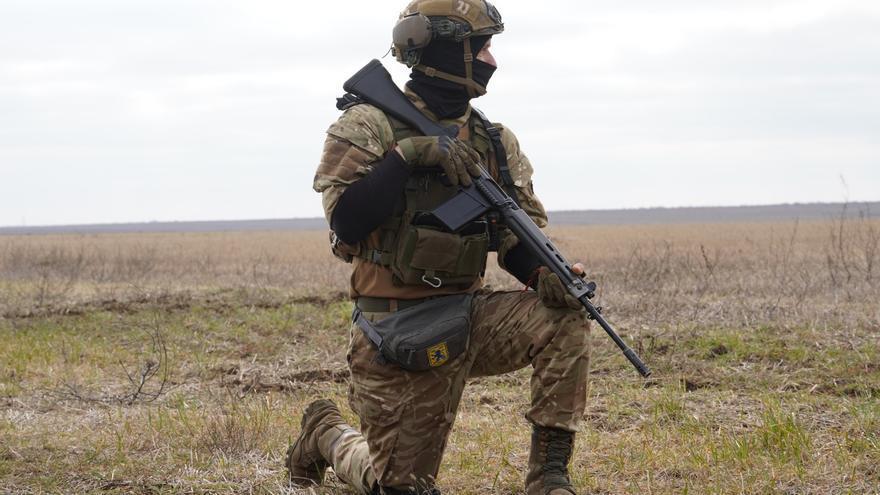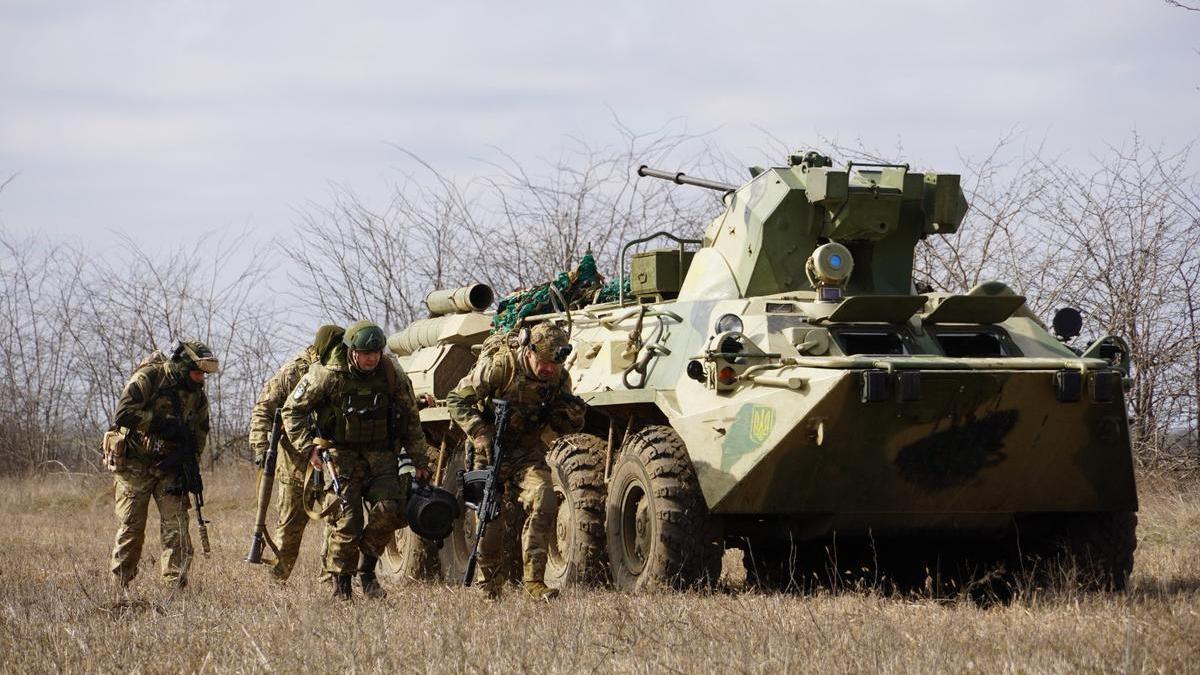Russians and Ukrainians look at each other sideways and bombard each other, slowly but surely, from both banks of the longest and mightiest riverbed
is the idle war. Or what is the same, the war struggle in slow motionthe attack drop by drop or the gradual and gradual erosion of the enemy, materialized, yes, thanks to the artillery, the weapon deadlier and more effective in this war of attrition that the contest of Ukraine. And this, despite the fact that the terrain is flat as an oil pond, without hills or defensible positions, nor thick vegetation, which in military language is equivalent to space perfectly propitious for any lightning advance of armored columnsa practice much to the taste of the Kremlin that the Russian troops resorted to, with little success, in the initial phase of the invasion of Ukraine.
The person responsible for the fact that the Russians and Ukrainians have maintained since November, in the front of JersonSuch an attitude of seeing them coming, while obsessively watching each other out of the corner of their eyes from their positions, is the Dnieper, the fourth longest river on the European continent. With its mighty riverbed of a kilometer wide and its dense network of swamps and parallel canals, has become a kind of ‘Maginot line’ for the Kremlin’s troops. Also momentarily makes new frontera – not recognized by any state in the world – between the two countries, in a demarcation, for the moment insurmountable for either of the two contenders, since mid-autumn when the Russian military commanders ordered the evacuation of the right bank of the riverbed, including the homonymous provincial capital. “The river makes any war operation more difficult,” admits Sgt. Pavlo Martseniukfrom the 128th Territorial Defense Battalion, at an undetermined point in the front of Jerson.
Russian artillery
According to this veteran artillery non-commissioned officer, the Russian forces accumulate batteries on the left bank BM- 21 Grad and rocket launcher BM-30 Smersh, among other artillery pieces. The former can reach a target “20 kilometers” away, while the latter have a radius of action of “nails seven tens of kilometers“, he continues. The difference in the intensity of the artillery combat that takes place here with what is happening at the moment on the war fronts in the East is abysmal. “I am an artilleryman, and I consider that an artillery bombardment is intense when thousands of daily shells; here we are talking about dozens “, he concludes.
Your commander, Colonel Oleksandr Positko, corroborates what was said by his non-commissioned officer and details how the Russian forces have designed their lines of defense on the opposite side. “Next to the shore they have dug trenches, where they have positioned soldiers from the mobilization, although there is a commander with great experience in command; then, at a distance of between two and 10 kilometers, they have deployed the artillery” with the that they tirelessly bombard, as can be deduced from their words.

So much Martseniuk as You post They doubt that the Russian Army will try to cross the river again, and agree that its withdrawal in November was an intelligent move that prevented a major disaster. “They only had two options, either retire or die,” both agree. And as proof of how untenable his enemy’s situation was a few monthsthat death could rain down from the sky on the Kremlin soldiers at any moment, Sergeant Martseniuk points to a house, accurately destroyed in the middle of the village where the 128 Territorial Defense Battalion has established its foundation. “Look, Chechens had settled there during the occupation; with the HIMARS” -missile launch systems capable of reaching a target tens of kilometers away with a few meters of margin of error- “the Ukrainian Army destroyed the place without causing collateral damage,” he continues. And while he waits for something to happen, -an amphibious operation , for example – Colonel Potseniuk works hard at prepare your menan Army with little experience and made up of actors, jurists o businessmenfor any enemy attempt from the other side of the river: “we have to be prepared for everything”, he concludes.
